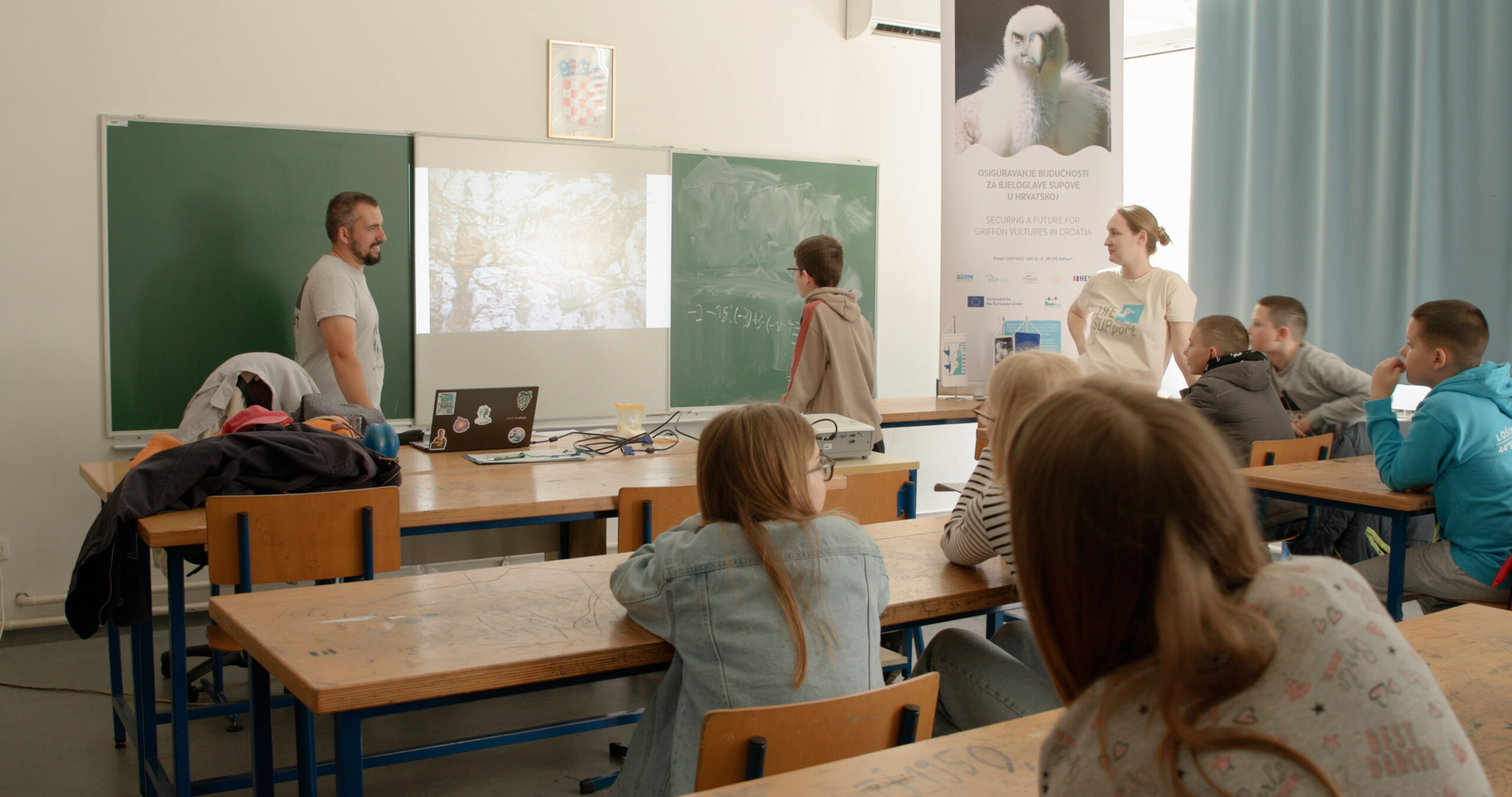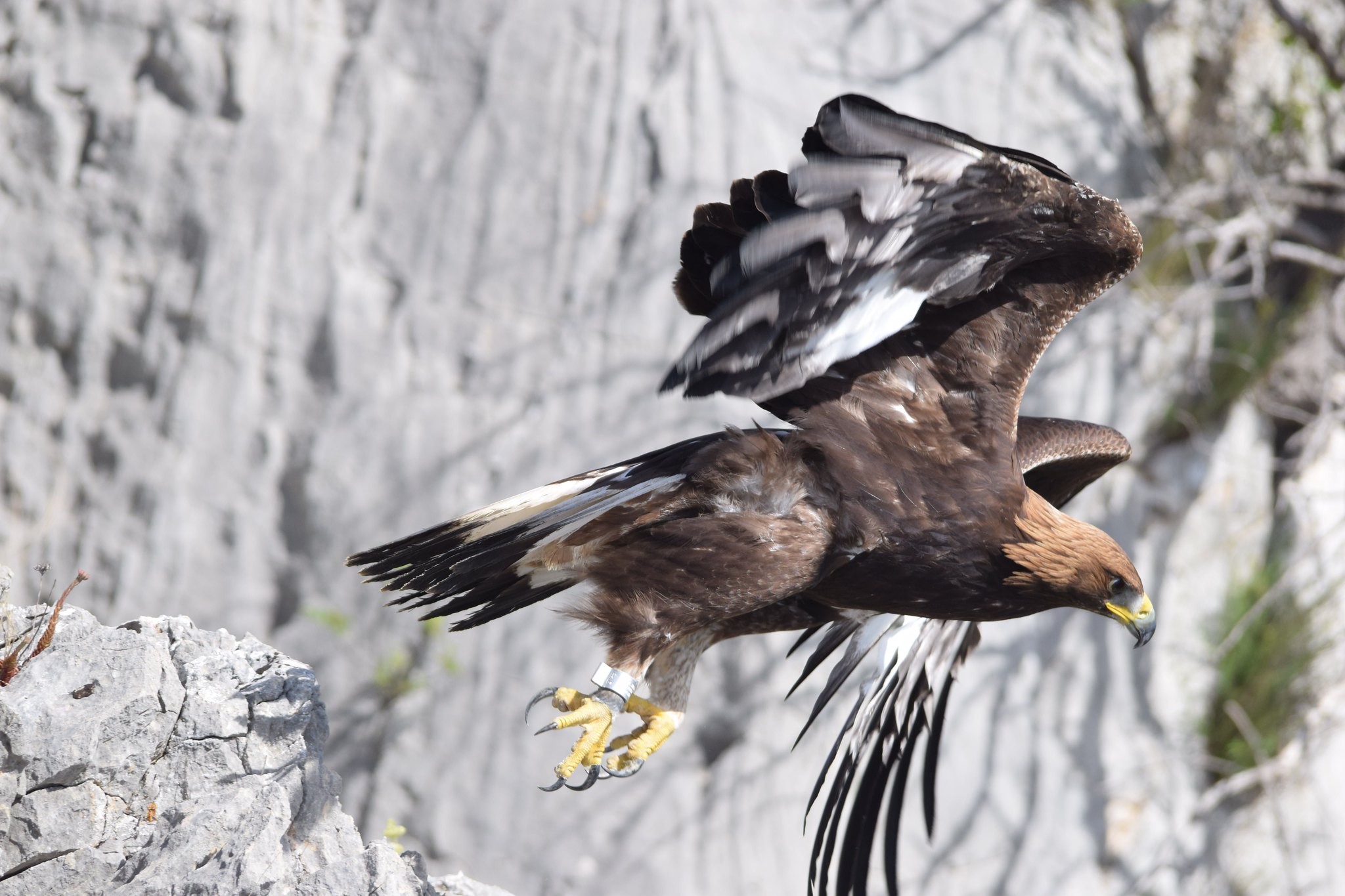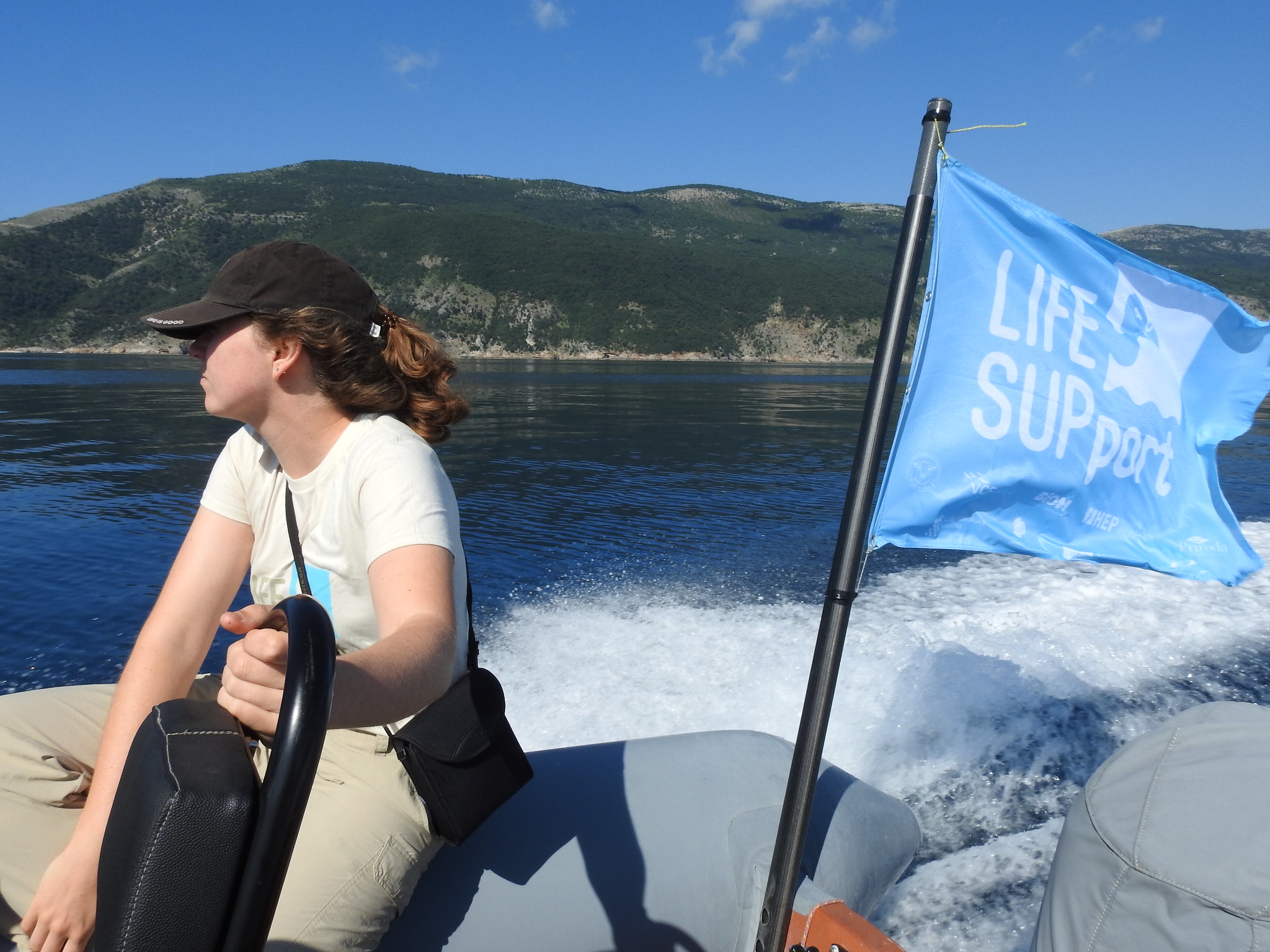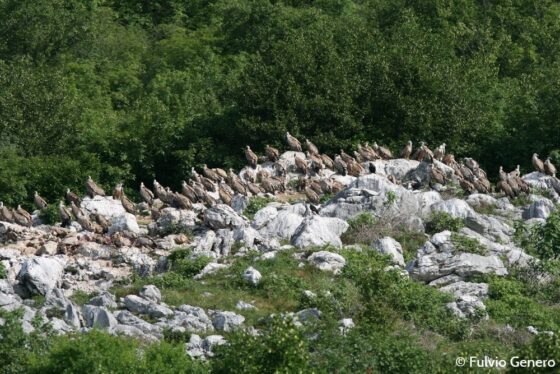
The LIFE SUPport project partners visited their colleagues who run the protected area Lago di Cornino in the Italian region Friuli-Venezia Giulia, at the province of Udine. The director of the Public Institution “Priroda” Marko Modrić and his associates Petra Stijelja and Elvis Vuleta were welcomed by Luigino Ingrassi, the Vice-Mayor of the municipality Forgaria nel Friuli, Luca Sicuro, the director of the co-op Pavees, which runs the reserve, and the associate Yuri Macoratti and the project manager Fulvio Genero.
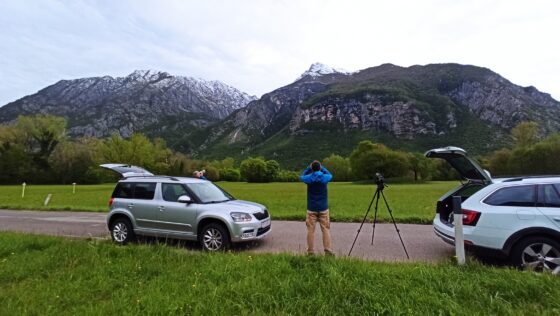
The reserve is known for more than its beautiful nature – it is the place where griffon vultures were reintroduced in this part of Italy during the 90s, as well as the active location of a major feeding site for those birds. It is situated on the route which our griffon vultures take on their migration from Kvarner to the Austrian Alps in spring and summer. It takes the griffon vultures around 3 hours of flight from the island of Cres to the reserve, and because nearly all the griffon vultures travelling westward from Kvarner visit it, it has an immensely important role in the preservation of the Kvarner griffon vulture population.
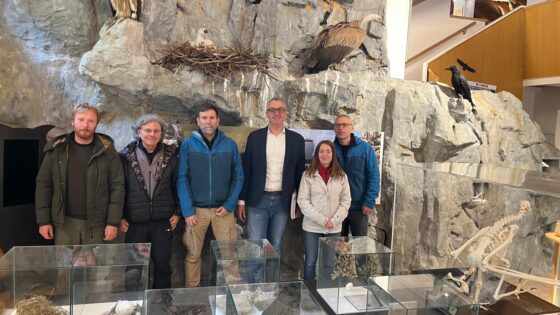
The representatives of the LIFE SUPport project partnership arrived on 24 April. The purpose of their visit was exchange of knowledge and good practices, especially in the context of catching wild griffon vultures in order to tag them with transmitters or rings in the feeding area through a specifically constructed cage. Building and installing such cages with a door that one can open or close remotely is one of the activities that PI “Priroda” plans to carry out on the Cres feeding site as part of the LIFE SUPport project.
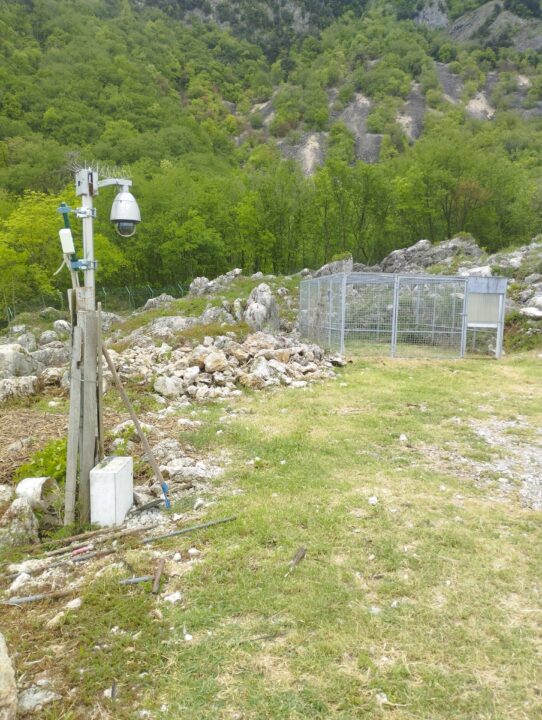
Such a cage will primarily be used to release rehabilitated griffon vultures into nature, using a so-called “soft-release” technique. The cage will also be used to catch and tag adult griffon vultures, in particular, with GPS transmitters. This will provide an insight into the data on their migrations and their use of spaces of other nesting birds, those more faithful to the Kvarner area as opposed to the younger birds which wander about, visiting colonies of griffon vultures along the whole Mediterranean area, until they reach a mating age.
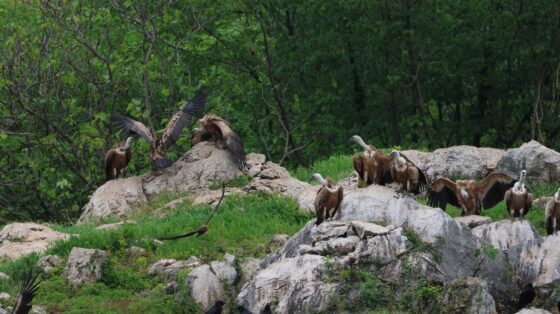
Another topic of discussion was the method of monitoring the situation at the feeding area remotely thought a video surveillance system, which is an integral part of the cage that is going to be built.
This pleasant conversation led to the Croatian experts visiting the informative Visitor Centre, where several griffon vulture habitats can be found. These habitats are home to those birds that, unfortunately, cannot be released into nature, therefore, they can be visited up close.
At the end of this short, but useful encounter, the experts from the Public Institution “Priroda” were also given the opportunity to watch the cliffs that serve as the nesting grounds for local griffon vulture colonies. This was a landscape completely unlike the one in Kvarner, but it is a landscape that, for one period of their life, becomes a second home to our birds.
Translated by: Lucia Grzunov




